Regulatory Standards and Compliance
The Two-Wheeler Crash Guard Market is significantly influenced by regulatory standards aimed at enhancing vehicle safety. Governments across various regions are implementing stricter regulations regarding the safety features of two-wheelers, which includes the mandatory installation of crash guards. Compliance with these regulations not only ensures rider safety but also opens up new market opportunities for manufacturers. Data indicates that regions with stringent safety regulations have seen a 20% increase in the adoption of crash guards among two-wheeler manufacturers. This regulatory push is likely to drive innovation and investment in the Two-Wheeler Crash Guard Market, as companies strive to meet compliance requirements while also appealing to safety-conscious consumers.
Consumer Preference for Customization
The Two-Wheeler Crash Guard Market is witnessing a shift in consumer preferences towards customization and personalization of safety gear. Riders are increasingly looking for crash guards that not only provide protection but also reflect their individual style and preferences. This trend has prompted manufacturers to offer a variety of designs, colors, and materials, catering to the diverse tastes of consumers. Industry expert's indicate that customized crash guards have seen a 30% increase in sales, as riders seek unique products that enhance their two-wheeler's aesthetic appeal. This growing inclination towards personalization is likely to drive innovation within the Two-Wheeler Crash Guard Market, as companies strive to meet the evolving demands of their customer base.
Increasing Demand for Safety Features
The Two-Wheeler Crash Guard Market is experiencing a notable surge in demand for enhanced safety features among consumers. As awareness regarding road safety escalates, riders are increasingly seeking protective gear that minimizes injury risks during accidents. This trend is reflected in the growing sales of crash guards, which are designed to absorb impact and protect vital components of two-wheelers. Market data indicates that the demand for crash guards has risen by approximately 15% over the past year, driven by consumer preferences for safety and durability. Manufacturers are responding by innovating designs that not only enhance safety but also appeal aesthetically to riders. This increasing demand is likely to propel the Two-Wheeler Crash Guard Market forward, as more riders prioritize safety in their purchasing decisions.
Rising Urbanization and Two-Wheeler Usage
Urbanization is a key driver of the Two-Wheeler Crash Guard Market, as more individuals are opting for two-wheelers as a primary mode of transportation in congested urban areas. The increasing population density in cities has led to a rise in two-wheeler usage, which in turn elevates the need for safety features such as crash guards. Market data suggests that urban areas have witnessed a 25% increase in two-wheeler registrations over the past two years. This trend is likely to continue, as urban commuters seek efficient and cost-effective transportation solutions. Consequently, the demand for crash guards is expected to rise, as riders prioritize safety in densely populated environments, further propelling the Two-Wheeler Crash Guard Market.
Technological Innovations in Crash Guard Design
Technological advancements are playing a pivotal role in shaping the Two-Wheeler Crash Guard Market. Innovations in materials and engineering techniques have led to the development of crash guards that are lighter yet more robust. For instance, the use of high-strength alloys and composite materials has improved the protective capabilities of crash guards while reducing their weight. This evolution in design is crucial, as it allows manufacturers to create products that do not compromise the performance of the two-wheeler. Market analysis suggests that the integration of smart technologies, such as sensors that detect impacts, could further enhance the functionality of crash guards. As these technologies become more prevalent, they are expected to attract a broader consumer base, thereby stimulating growth in the Two-Wheeler Crash Guard Market.


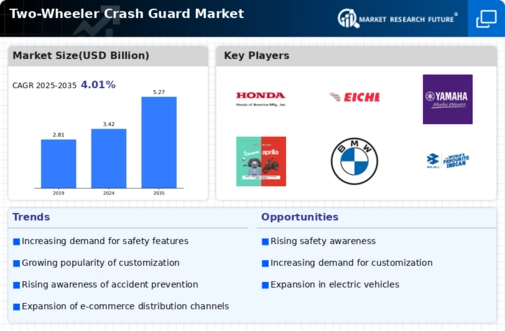
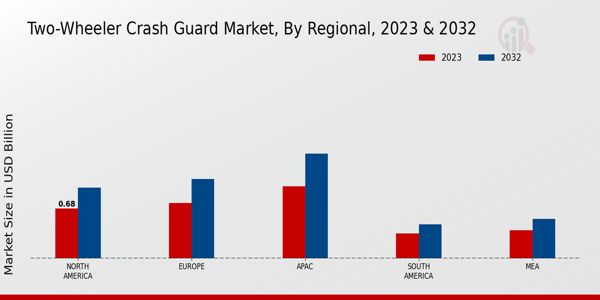
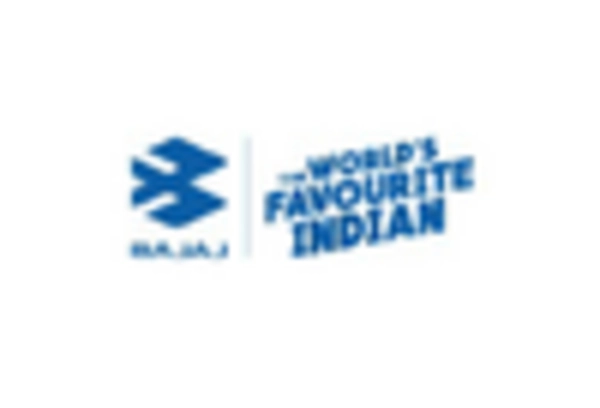

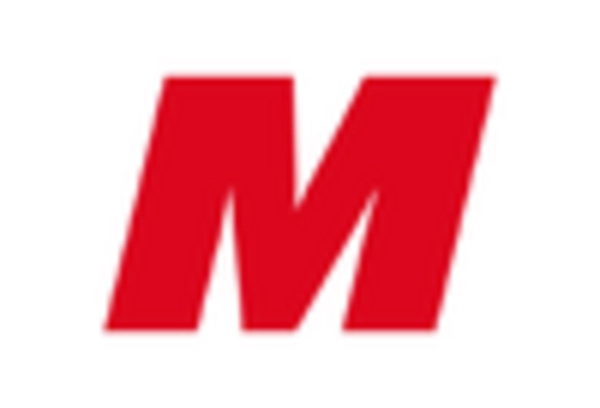
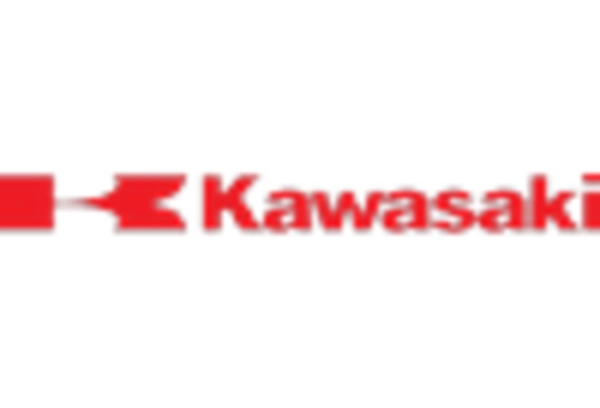

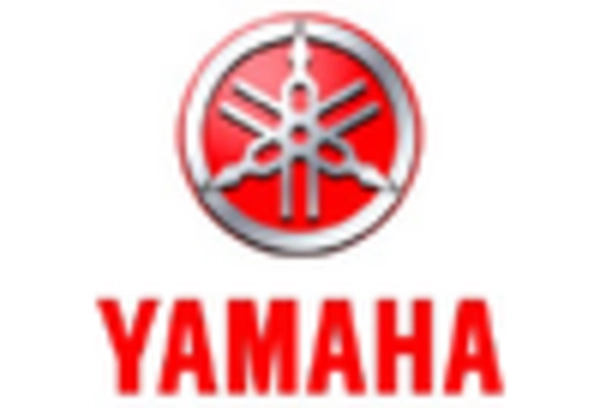








Leave a Comment